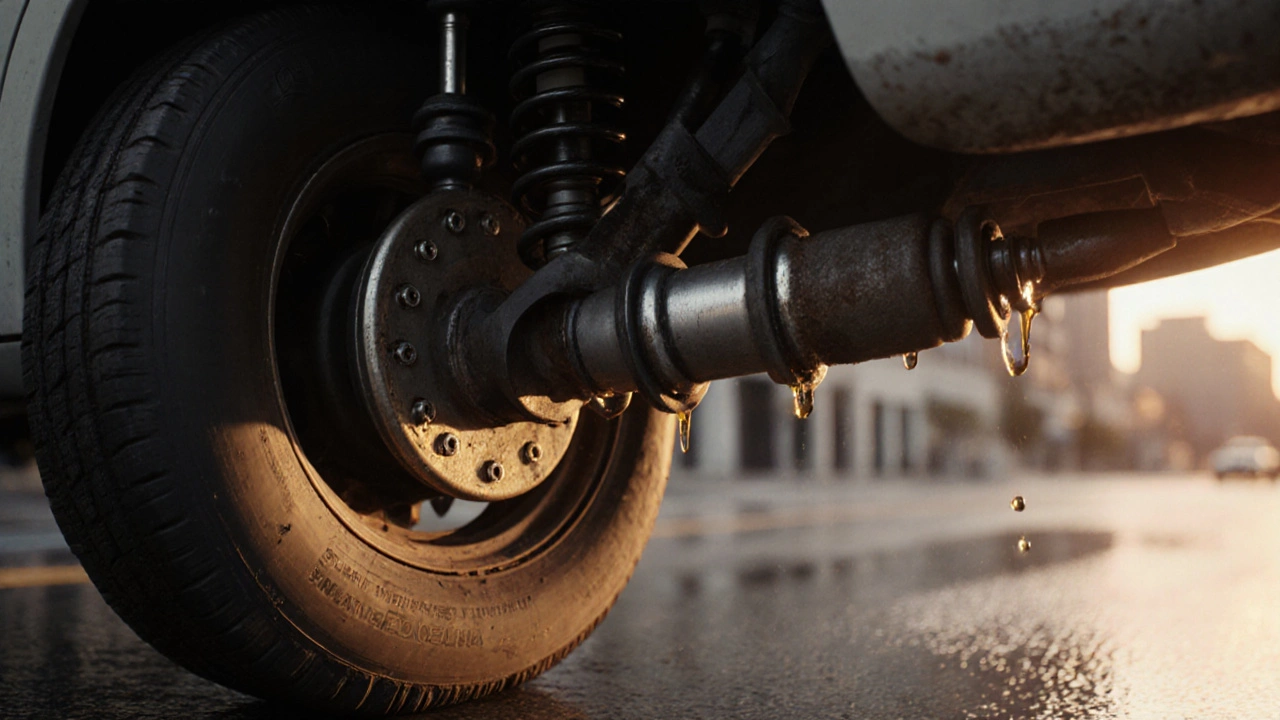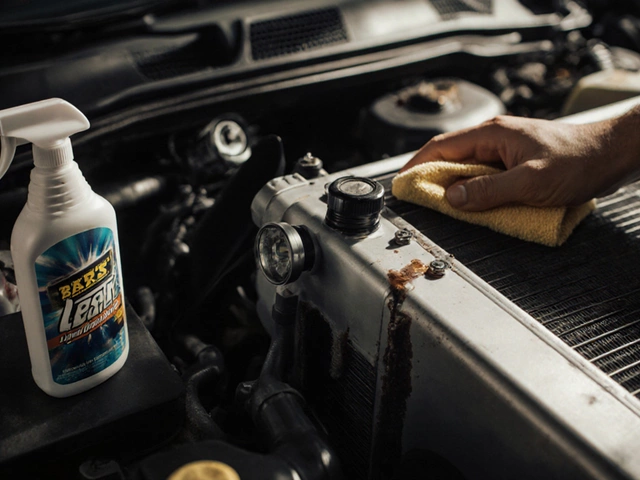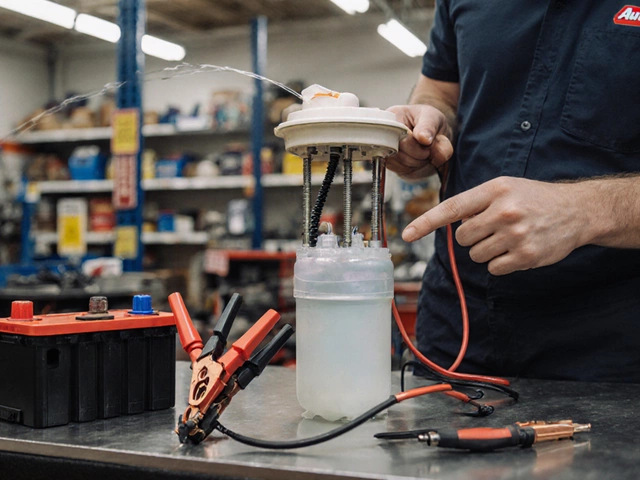Shock Absorber Wear
When dealing with shock absorber wear, the gradual loss of a shock absorber's ability to dampen road impacts. Also known as damaged shock absorbers, it can turn a smooth ride into a bumpy mess and mess with your car's handling. Shock absorber wear is a key part of the broader suspension system, the collection of springs, arms, and dampers that keep your wheels glued to the road. When the shocks start to leak or lose pressure, the suspension system can’t control body movement, which directly hits ride comfort and vehicle handling. In plain terms, if your shocks are shot, you’ll notice more rattles, longer stopping distances, and a feeling that the car is floating rather than planted.
How Shock Absorber Wear Affects Ride Comfort and Safety
Think of a car’s suspension like a mattress. A fresh, firm mattress gives you comfort and support, while a sagging one makes you feel every bump. The same goes for ride comfort, the overall smoothness you feel inside the cabin. When shock absorbers wear out, the mattress gets soft in the middle – you feel every pothole, and the car starts to bounce. This bounce isn’t just annoying; it reduces tire contact with the road, which hurts vehicle handling. Good handling means the car stays stable in turns and brakes predictably, both of which rely on functional shocks. In short, shock absorber wear influences ride comfort, and ride comfort influences safe handling; the three are tightly linked.
Another related piece of the puzzle is suspension troubleshooting, the process of diagnosing and fixing suspension problems. Knowing the signs of wear – leaking fluid, clunking noises, uneven tire wear, and excessive bounce – lets you act before the issue spreads to other components like ball joints or control arms. Early fixes keep repair costs low and preserve the integrity of the whole suspension system. Plus, a well‑maintained suspension supports better fuel efficiency because the tires stay properly aligned and don’t work harder to stay on the road. So, keeping an eye on shock absorber wear isn’t just about comfort; it’s about saving money and staying safe.
Below you’ll find a collection of articles that break down everything from how to spot worn shocks to step‑by‑step replacement guides. Whether you’re a DIY enthusiast or just want to know when to call the shop, the posts cover the full range of topics – from basic symptoms to advanced suspension diagnostics. Dive in and get the practical insights you need to keep your car smooth, stable, and safe on every drive.

Most Common Suspension System Problem: Worn Shock Absorbers Explained
Discover why worn shock absorbers are the most common suspension problem, how to spot the signs, and step-by-step repair tips for smoother handling.
CONTINUE READING








